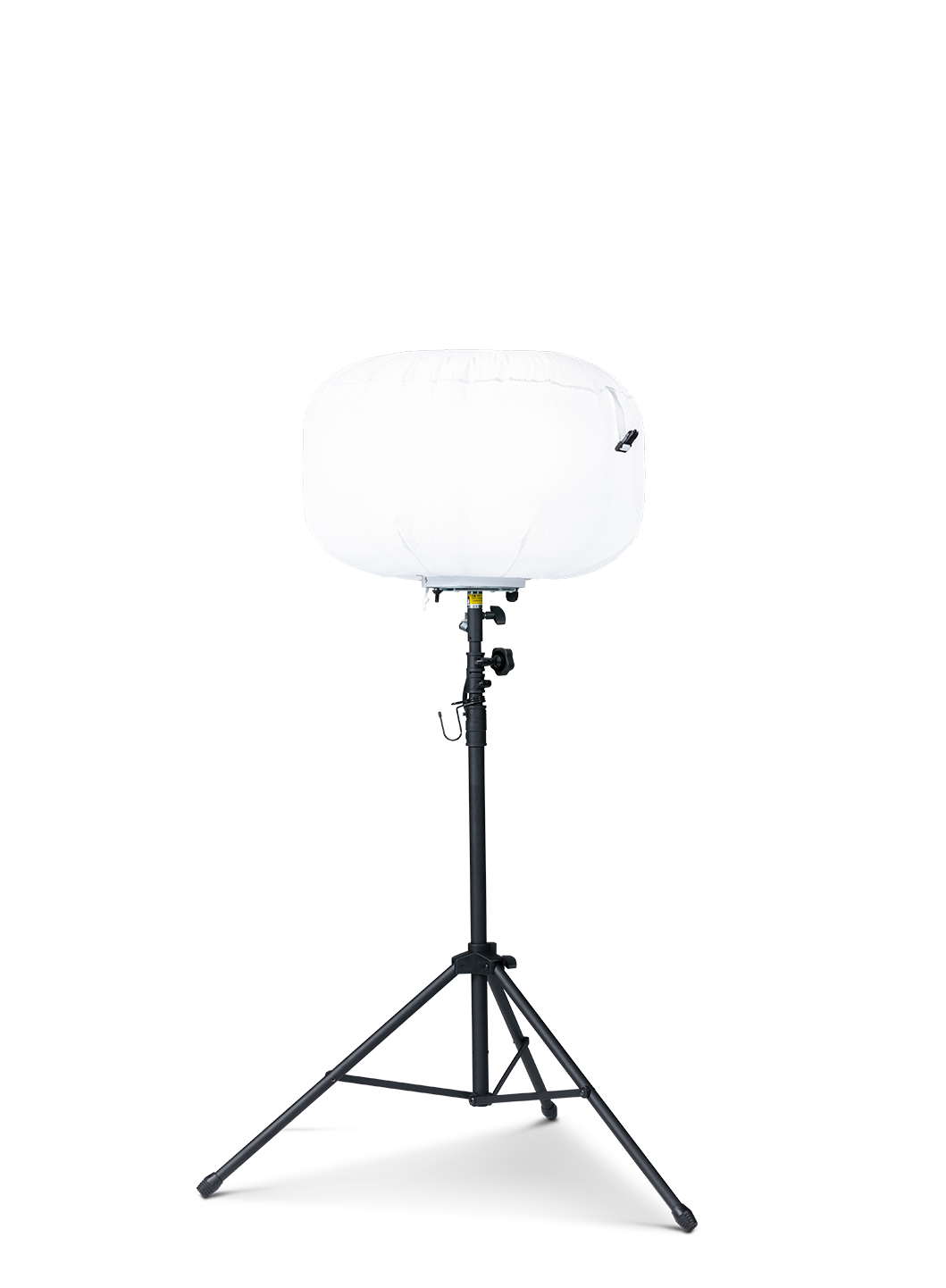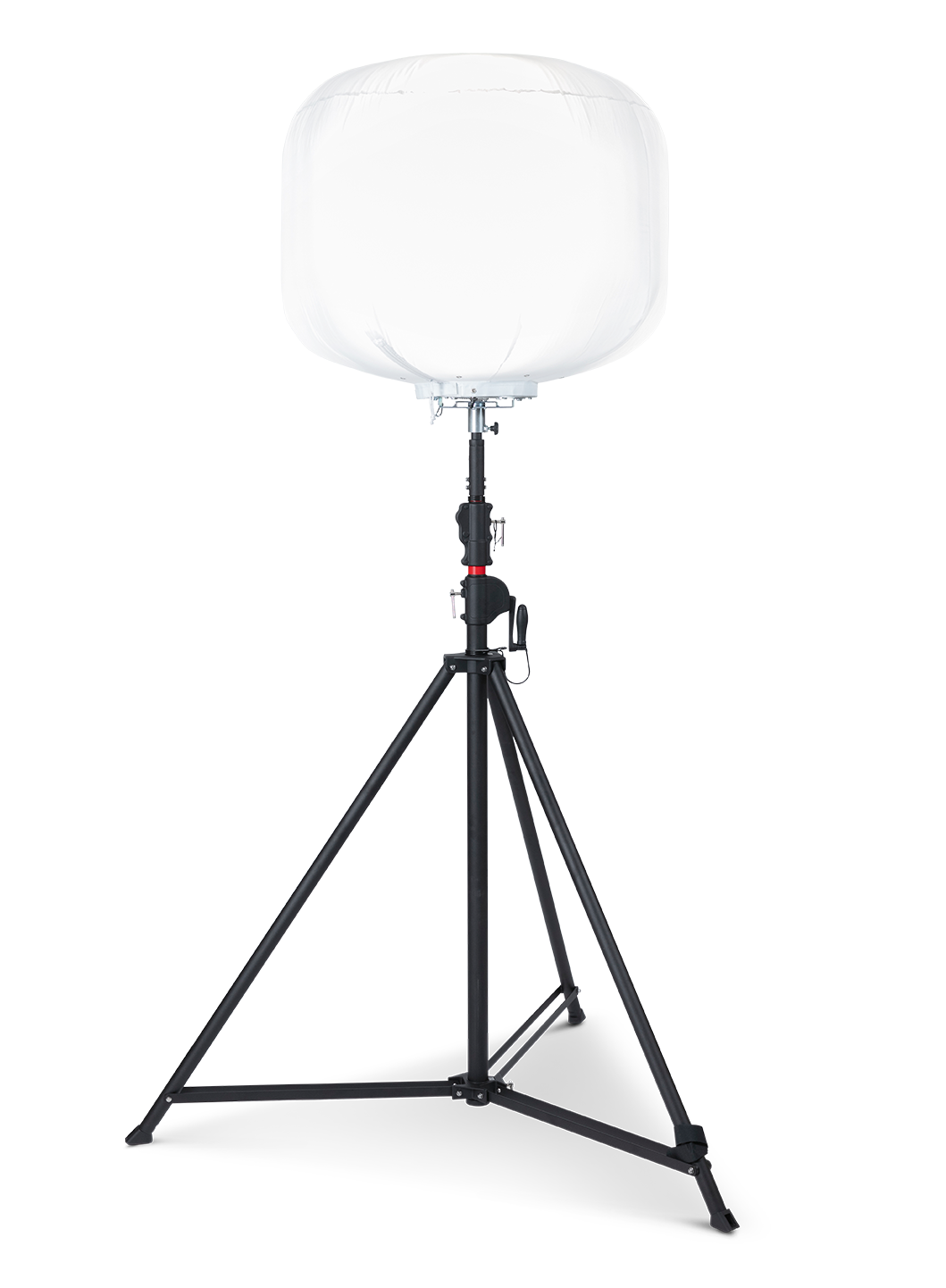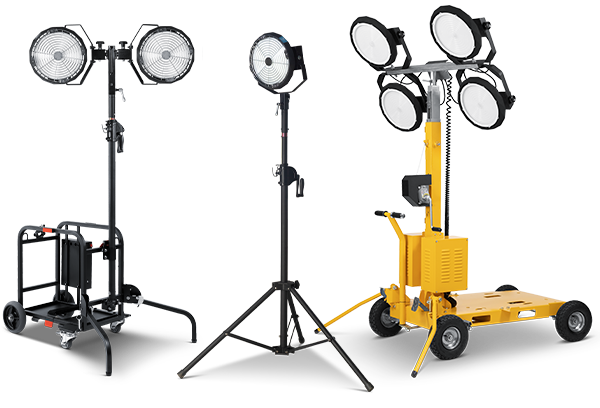Net zero emissions lighting solutions in the construction industry Understanding Net Zero Emissions Lighting: A Sustainable Approach
In an era where environmental consciousness is paramount, the construction industry is undergoing a transformative shift towards sustainable practices. Among these practices, the adoption of net-zero emissions lighting stands out as a beacon of eco-friendly innovation. Let’s delve into the fundamentals of this sustainable lighting approach, exploring how it is reshaping the landscape of construction site illumination.
Defining Net Zero Emissions Lighting:
Net zero emissions lighting refers to an approach where the overall environmental impact of lighting systems is neutralized or balanced, resulting in no net release of greenhouse gases into the atmosphere. In the context of construction, this signifies a departure from traditional lighting sources that often contribute to carbon footprints and environmental degradation.
The Journey from Traditional to Sustainable:
To truly grasp the significance of net zero emissions lighting, it’s essential to understand the environmental impact of traditional construction lighting. Conventional lighting methods, such as high-intensity discharge (HID) lamps or halogen lights, not only consume substantial amounts of energy but also emit significant levels of carbon dioxide. This leads to heightened energy costs and contributes to the industry’s overall carbon footprint.
Advantages of Net Zero Emissions LED Balloon Light Towers:
One of the key components of net zero emissions lighting in construction is the integration of LED technology into balloon light towers. LED lights are renowned for their energy efficiency, emitting bright illumination while consuming considerably less energy compared to traditional counterparts. In the context of balloon light towers, this efficiency is complemented by their portability and ease of use, making them a practical and sustainable choice for construction projects.
Contributing to a Greener Tomorrow:
Net zero emissions lighting solutions extend beyond reducing energy consumption. They actively contribute to creating a greener and healthier environment by minimizing light pollution and carbon emissions. LED balloon light towers are designed to provide directional and focused illumination, reducing unnecessary light spillage and preserving the natural darkness of the surroundings.
The Role of Sustainable Lighting in Construction’s Future:
As construction practices evolve, sustainable lighting is gaining prominence as a pivotal element of future trends. The construction industry is increasingly recognizing the importance of aligning projects with environmental goals. Net zero emissions lighting is poised to become a standard, reflecting the industry’s commitment to building a more sustainable and eco-friendly future.
In conclusion, understanding net zero emissions lighting goes beyond its technical aspects. It embodies a commitment to a sustainable approach that not only improves the efficiency of construction site illumination but also minimizes the industry’s environmental impact. As we explore further in the subsequent sections, we’ll delve into case studies, practical implementation strategies, and the broader benefits of embracing net zero emissions lighting in construction projects.
The Environmental Impact of Traditional Construction Lighting
As the construction industry strives towards adopting more sustainable practices, one area that demands careful consideration is the environmental impact of traditional construction lighting. Traditional lighting methods, including high-intensity discharge (HID) lamps, halogen lights, and fluorescent fixtures, have long been the standard in construction site illumination. However, the ecological consequences associated with these conventional lighting sources highlight the urgent need for a shift towards greener alternatives.
Energy Consumption and Carbon Footprint:
Traditional construction lighting is notorious for its high energy consumption, contributing to increased operational costs and placing a considerable burden on the environment. High-intensity discharge lamps, for example, require significant amounts of electricity to produce the required illumination. This elevated energy demand translates into higher greenhouse gas emissions, exacerbating the industry’s overall carbon footprint.
Light Pollution and Ecological Disruption:
Beyond the sheer energy consumption, traditional lighting often leads to light pollution, an environmental concern with far-reaching consequences. Excessive and misdirected artificial lighting disrupts natural ecosystems, impacting wildlife behavior, migration patterns, and plant growth. It can also have adverse effects on human health, disturbing sleep patterns and contributing to various health issues. Recognizing these ecological disruptions is crucial in the quest for sustainable construction practices.
Limited Lifespan and Waste Generation:
Traditional lighting sources typically have a limited lifespan, requiring frequent replacements and resulting in the generation of substantial electronic waste. The disposal of lamps containing hazardous materials poses a challenge in terms of proper waste management. This not only adds to the environmental burden but also increases the overall operational costs for construction projects.
Carbon Emissions from Production and Transportation:
The environmental impact of traditional lighting begins not only during its operational phase but also extends to the manufacturing and transportation processes. The production of conventional lighting fixtures involves the extraction of raw materials, energy-intensive manufacturing, and transportation, all of which contribute to additional carbon emissions. This life cycle assessment underscores the importance of considering the broader ecological implications of construction lighting choices.
Embracing Sustainable Alternatives:
The environmental drawbacks associated with traditional construction lighting emphasize the necessity of transitioning towards more sustainable alternatives. LED balloon light towers, as part of net zero emissions lighting solutions, emerge as a compelling option. By addressing the energy efficiency, reduced light pollution, and longevity concerns, LED balloon lights offer a clear pathway to minimizing the environmental impact traditionally associated with construction site illumination.
In conclusion, understanding the environmental impact of traditional construction lighting is a crucial step in steering the industry towards sustainable practices. As we explore the advantages of net zero emissions LED balloon light towers in the subsequent sections, the contrast with traditional lighting methods will highlight the positive ecological shifts achievable through the adoption of greener lighting solutions in construction projects.
Advantages of Net Zero Emissions LED Balloon Light Towers
In the pursuit of sustainable construction practices, the spotlight is increasingly turning towards net zero emissions LED balloon light towers as a transformative solution for site illumination. These innovative lighting systems not only mitigate the environmental impact associated with traditional lighting methods but also offer a range of compelling advantages that contribute to a more eco-friendly and efficient construction environment.
-
Energy Efficiency:
One of the primary advantages of net zero emissions LED balloon light towers lies in their exceptional energy efficiency. LED technology, known for its ability to convert a higher percentage of electrical energy into visible light, ensures that these towers emit a bright and focused illumination while consuming significantly less power. This efficiency not only reduces operational costs but also aligns with sustainability goals by minimizing overall energy consumption.
-
Reduced Carbon Footprint:
By utilizing LED technology, net zero emissions balloon light towers contribute to a substantial reduction in carbon emissions. Traditional lighting methods, such as high-intensity discharge lamps, emit significant amounts of carbon dioxide during their operational lifespan. LED lights, on the other hand, produce minimal greenhouse gas emissions, making them a cleaner and more environmentally friendly choice for construction site lighting.
-
Longevity and Durability:
LED balloon light towers boast an extended lifespan compared to traditional lighting sources. The durability of LED lights results in less frequent replacements, reducing the generation of electronic waste and minimizing the environmental impact associated with the disposal of traditional lamps. This longevity not only contributes to a more sustainable construction site but also translates into long-term cost savings for project stakeholders.
-
Directional and Focused Illumination:
Unlike traditional lighting methods that often contribute to light pollution by dispersing illumination in various directions, net zero emissions LED balloon light towers offer directional and focused lighting. This targeted approach ensures that the construction site is well-lit where needed without unnecessarily disturbing the surrounding environment. The reduction in light pollution contributes to a healthier ecosystem and improved working conditions.
-
Portable and Versatile Design:
Net zero emissions LED balloon light towers are designed with portability and versatility in mind. Their inflatable structure allows for easy transportation and quick setup, facilitating adaptability to different construction project requirements. The ability to reposition these lights efficiently ensures that the entire construction site remains well-illuminated throughout various project phases, enhancing both safety and productivity.
In conclusion, the advantages of net zero emissions LED balloon light towers extend beyond their environmental benefits. These lighting solutions embody a sustainable approach that aligns with the evolving priorities of the construction industry. As we explore further in the upcoming sections, we will delve into real-world case studies, showcasing successful implementations of net zero emissions lighting and highlighting the positive impact on construction sites and the broader environment.
Economic and Environmental Benefits: Balancing the Equation with Net Zero Emissions Lighting
The integration of net zero emissions lighting solutions, specifically through LED balloon light towers, not only brings about positive environmental impacts but also presents a harmonious balance between economic benefits and ecological responsibility within the construction industry. Exploring the economic and environmental advantages of these innovative lighting systems sheds light on the transformative potential they hold for both project stakeholders and the planet.
-
Cost Savings through Energy Efficiency:
Net zero emissions LED balloon light towers offer substantial cost savings through their inherent energy efficiency. The LED technology employed in these lighting solutions consumes less electricity while providing brighter illumination. This translates into reduced energy bills for construction projects, contributing to significant long-term cost savings. The initial investment in these sustainable lighting systems is often outweighed by the financial benefits derived from lower operational expenses.
-
Minimal Maintenance Requirements:
The longevity and durability of net zero emissions LED balloon light towers contribute to minimal maintenance requirements. Compared to traditional lighting sources that may require frequent replacements, LED lights have a longer operational lifespan. This not only reduces the need for ongoing maintenance efforts but also minimizes the associated costs, ensuring that construction projects remain well-lit with minimal interruptions and expenses.
-
Environmental Stewardship and Corporate Social Responsibility:
Adopting net zero emissions lighting solutions reflects a commitment to environmental stewardship and corporate social responsibility (CSR). As sustainability becomes a focal point for businesses, construction companies embracing eco-friendly practices enhance their reputation and appeal to environmentally conscious clients. This positive image contributes to brand value and market competitiveness, aligning economic gains with a responsible approach towards the planet.
-
Compliance with Green Building Standards:
The economic benefits of net zero emissions lighting extend to compliance with green building standards and certifications. Many construction projects are subject to environmental regulations and standards, and incorporating sustainable practices, including eco-friendly lighting, positions the project for compliance. Meeting these standards not only fosters a positive relationship with regulatory bodies but also opens doors to additional financial incentives and government support.
-
Enhanced Workplace Productivity:
Well-lit construction sites, facilitated by net zero emissions LED balloon light towers, contribute to enhanced workplace productivity. Improved visibility reduces the risk of accidents and errors, ensuring that construction tasks are executed efficiently. The economic gains associated with increased productivity and decreased downtime further emphasize the economic advantages of investing in sustainable lighting solutions.
In conclusion, the economic and environmental benefits of net zero emissions lighting create a symbiotic relationship, reinforcing the notion that sustainable practices can be both financially prudent and environmentally responsible. As construction projects increasingly prioritize green initiatives, the adoption of net zero emissions LED balloon light towers emerges as a strategic investment that not only contributes to a more sustainable future but also positively impacts the bottom line.
To sum up, embracing a sustainable future with net zero emissions lighting signifies more than a technological upgrade—it represents a fundamental shift towards responsible and conscientious construction practices. The adoption of LED balloon light towers not only enhances the efficiency and safety of construction sites but also exemplifies the industry’s commitment to leaving a positive legacy for future generations. As construction projects continue to illuminate the path towards sustainability, net zero emissions lighting stands as a beacon guiding the way forward.











